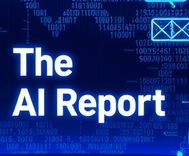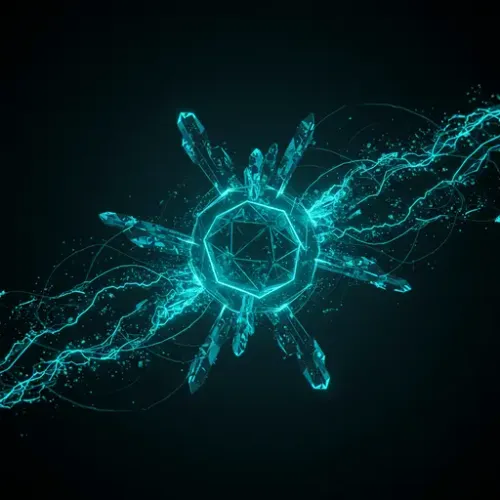Equipping artificial intelligence with the lens of evolution

The AI Report
Daily AI, ML, LLM and agents news
Imagine an AI that could not just recognize patterns, but understand the deep, intricate history behind them. For years, artificial intelligence has excelled at identifying correlations, but the subtle, winding paths of evolution, the very narrative of life's development, have largely remained opaque to these advanced algorithms. This limitation has hindered a truly comprehensive understanding of biological data through an evolutionary lens. Until now.
Unlocking Evolution's Secrets with AI
Traditional AI models often stumble when confronted with biological data steeped in evolutionary history. They see disconnected patterns, but lack the crucial contextual framework—the "lens of evolution"—to truly decipher how species and their traits have developed over millennia. This challenge has limited our ability to fully leverage AI in areas like bioinformatics and evolutionary biology, leaving a vast realm of potential insights untapped.
The Breakthrough from Ruhr University Bochum
A pioneering team from the Bioinformatics Department at Ruhr University Bochum, led by Professor Axel Mosig, has engineered a neural network that overcomes this fundamental hurdle. Their innovative approach, detailed in the Computational and Structural Biotechnology Journal, allows AI to interpret data through an evolutionary perspective, revealing the how and why behind biological characteristics.
The "Lens of Evolution": How It Works
The core of this breakthrough lies in providing the AI with crucial prior knowledge: phylogenetic trees. These ancestry trees, which meticulously map out the evolutionary relationships between species, are fed into the neural network during its training phase. Instead of blindly searching for patterns, the AI is guided by the established framework of life's lineage, allowing it to "know what to look for," as Mosig explains.
Solving the Ancestry Puzzle with Quartets
As Vivian Brandenburg, lead author, elucidates, "Our approach lets artificial intelligence look at data through the lens of evolution, in a way." The method involves classifying groups of four species (quartets) into their presumably correct ancestry trees. Luis Hack, another team member, likens it to assembling a puzzle: "If all groups of four are correctly arranged, the entire ancestry tree can come into place... The AI can then look in the sequences to identify patterns that have evolved throughout this tree." This precise scaffolding enables the AI to discern true evolutionary signals from random noise.
Beyond Genes: A Multimodal Evolutionary AI
What makes this development particularly impactful is its remarkable versatility. While initially established for DNA sequence data, the technique isn't limited to genetics. It can be applied to any data type—from intricate image data to the structural patterns of biomolecules. Imagine the possibilities this unlocks for diverse fields:
Reconstructing Ancient Forms Visually
This AI could potentially reconstruct hypothetical images of evolutionary predecessor species, bringing ancient life forms to vivid, data-driven reality. This offers a powerful new tool for paleontologists and evolutionary biologists to visualize and understand the past, offering novel perspectives on evolution’s journey and the appearance of long-extinct organisms.
Deepening Biological Understanding
By identifying precisely which characteristics have developed and in what manner throughout evolutionary history, researchers can gain unprecedented insights into adaptive processes, disease progression, and the fundamental mechanisms driving biodiversity. This provides a more nuanced understanding of how life adapts and transforms, offering predictive power for future evolutionary trajectories.
Embrace the Evolutionary Advantage
For researchers, data scientists, and anyone grappling with complex biological datasets, this evolutionary AI offers a transformative advantage. It moves us beyond mere pattern recognition to a deeper, more contextual understanding of life itself. The ability to integrate ancestral knowledge directly into AI's analytical framework opens doors to discoveries previously unimaginable across biology, medicine, and environmental science.
This development isn't just an incremental step; it's a paradigm shift in how we leverage artificial intelligence to explore the biological world. It invites us to consider how integrating deep contextual knowledge can elevate AI's power across countless scientific domains. How will you apply this evolutionary lens to your own questions about the natural world and the vast data it generates?

The AI Report
Author bio: Daily AI, ML, LLM and agents news
